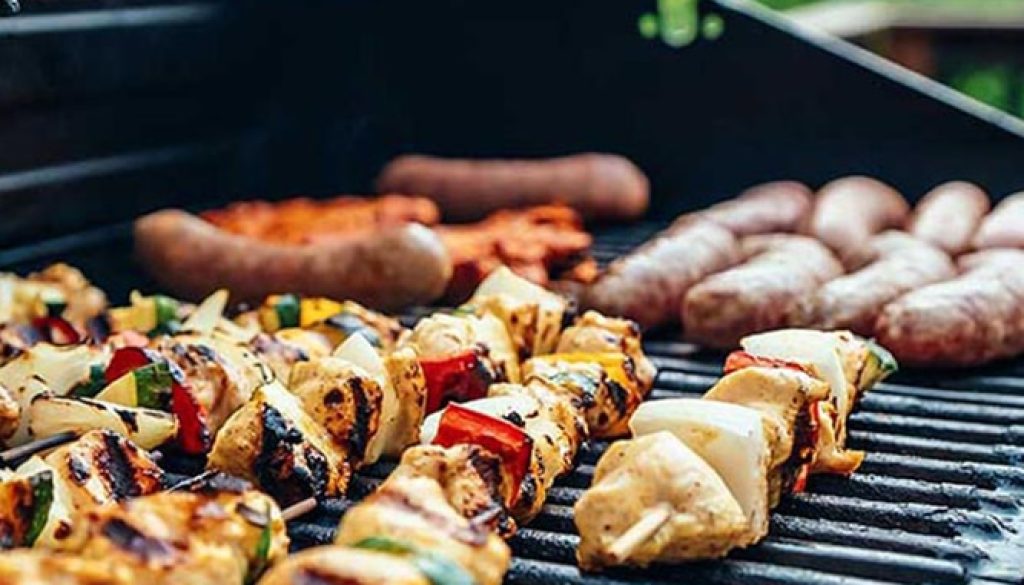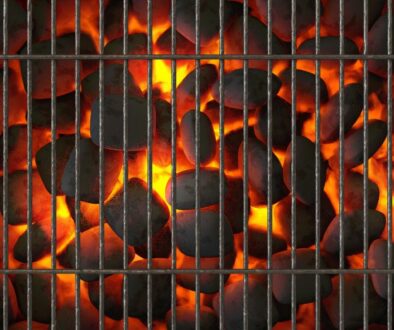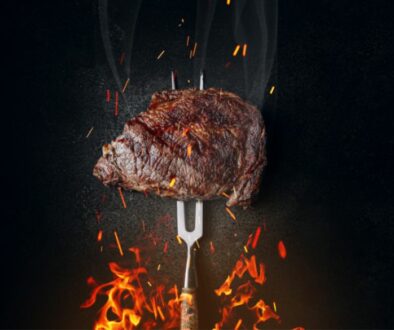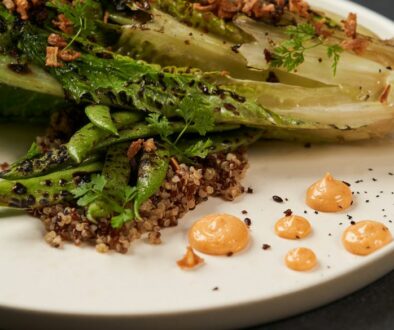Grilling101: The Basics of Grilling
When it comes down to hosting your own barbequed lunch, it’s easy to get lost in the excitement of planning who is going to bring what, and what food should be grilled. But when the day of finally comes, you might find yourself feeling slightly intimidated by the fact that you are not very sure of what to do when it comes to grilling.
Keep reading to get to know the grill, and how to work with it like a professional
What do you need to know?
There are many types of grills on the market: charcoal grills, gas grills, propane– gas grills, electric grills, you name it. While they all essentially might work in different ways, they all have these tips you need to know in common.
1- keep your grill grates clean and oiled:
While the cleanliness of your entire grill is important and should be frequently taken care of, the area where you will be placing your food is crucial and should be cleaned before and after every use.
To clean the grates:
- Scrub the grates.
- Soak them in a warm mixture of soap and water. Allow to sit for an hour before rinsing.
- Heat up your grill.
- Allow the grates to cool down a bit then use your grill brush to scrub off any leftover residue.
After doing a thorough cleanse, you should always re- oil the grill grates. Keeping your grill grates oiled helps prevent the food from sticking onto the surface, as well as aids your grill in lasting longer– it’s a win- win situation!
Simply coat paper towels or a cloth in any cooking oil, then spread it over the grates and heat the grill up.
2- Pre- heat your grill:
If you’ve just fired up the grill, you should know that placing the food on top right away is not going to do anything to it. You should allow your grill to pre- heat at least 15 minutes before getting on to the grilling.
While it might be easier to know and control the heat on a gas grill, that is not the case with charcoal grills. This why many people use this simple trick to find out how hot the grill is, and whether it is ready for grilling or not.
Simply hold your hand above the cooking grate and keep track of how long you’ve been able to keep it above. Remember to be careful, but keep your hand long enough for it to start to feel like the skin is slightly burning.
If you can hold your hand over the grates for:
- 5 seconds, then the heat is low.
- 4 seconds, you’ve got medium- heat.
- 3 seconds, the heat is medium- high heat.
- 2 seconds, the heat is high.
- 1 second, you have very high heat.
3- Keep your eye on the grill and food:
Once you’ve placed your food over the fired up grill, you might feel the need to take a little break and wander off for a minute.
While your food might not immediately burn after a minute or two, it’s better to be safe than sorry and stay close by to keep an eye on the grill and food.
Thinner and smaller cuts of meat (like kebabs and burgers) need high heat and a quick cook. Because they’re smaller in size and cook faster, they can burn faster.
As for bigger and thicker cuts, like fish and chicken, you might want to grill them over lower temperatures. With that being said, it doesn’t mean you should move away from your grill as they still need to be kept an eye on, as well as flipped and moved around when necessary- especially in case of flare- ups (which we’ll be talking about soon).
4- Be careful around flare- ups:
Flare- ups are random bursts of high intense fire that can happen because of excess air, or excess oil, fats, and sauces dripping down onto the coals.
To avoid them, you can cut down some of the fat linings before grilling the meat, as well as going a bit lighter when it comes to liquids.
However, even if you take good measures to try and avoid them, they can still happen. They’re not all that dangerous, and most times they can simply be left alone to take care of themselves.
In case of a flare-up happening, you should be near your grill in an instant to move the food from above the flames and onto a side with no direct heat and away from the fire to keep them safe from burning. Once the flare-up is done acting up, you may go on to put your food back over the direct heat.
Do not attempt to spray water over the flames to try and control them or get them to end faster. This will only succeed in making the fire worse and potentially making a situation riskier than it should be.
5- Spice and marinate prior to grilling:
Save yourself some time and allow the meat to soak in the flavors of the marinade for at least 1 hour or overnight, or even up to 24 hours before grilling.
The great thing about marinating the meat is that it has many benefits: it tenderizes the meat, which helps your dish be easier to digest. Marinades also lock in the moisture in the steak, so you won’t be eating a dish that is dry and hard.
6- Make sure you get the right internal temperature:
When your food seems to be all done from the outside, you might be thinking that it most likely is also cooked on the inside, no? Yet, why is it that once you cut it open, it seems to still be raw?
And why is it that the next time, after you’ve left it a couple of minutes longer to make sure it is cooked thoroughly- the dish comes out completely dry?
This is why you should invest in a meat thermometer to save yourself from the troubles of wasting time, wasting good cuts of meat, and guessing. Meat thermometers are easy to use, too! You simply need to insert the probes into the meat and give it a couple of seconds to show you the temperature on the display screen.
7- Keep your grill away from anything flammable:
This one doesn’t need much explaining, does it?
On the off chance that a flare-up gets out of control, or something goes wrong with the gas tank of your gas grill (which results in an explosion, FYI): it best to keep your grill away from flammable things like your house, lighter fluids, fences, etc.
Tips specific for Gas grills
- Uncover your grill and turn on the gas.
- Preheat the grill for about 10 minutes by turning on the control valves to high and lighting it.
- Place food, move, and flip it when necessary. It is best to grill with the lid down for the heat to accumulate and cook your food.
- To clean: leave your grill running on high for a couple of minutes and use your grill brush to scrape and clean the cooking surface’s area.
- Cover the grill again once it has cooled down completely.
Tips specific for Charcoal grills
- Make sure the vents are working correctly: if they were rusted, they would be hard to adjust.
- Invest in a pair of heat- resistant BBQ gloves.
- Invest in a charcoal chimney starter: this will help you light up the coals faster.
- Use good quality charcoals: they last longer and are known to be less messy.
- Allow coals to pre-heat for an extra 10 minutes to 15 minutes after you have lit them.
- If you want medium- heat fire: spread charcoal into a single even layer on the grate,
- If you want a high- heat fire: go for a double layer of lit up coals on the coal grates.
- For a two-zone fire: push the fully lit coals to one side of the grate, cook on the other.
- To ‘turn off’ the charcoal grill: close the lid and the vents to cut off the supply of oxygen, effectively stopping the charcoals from burning any further.




